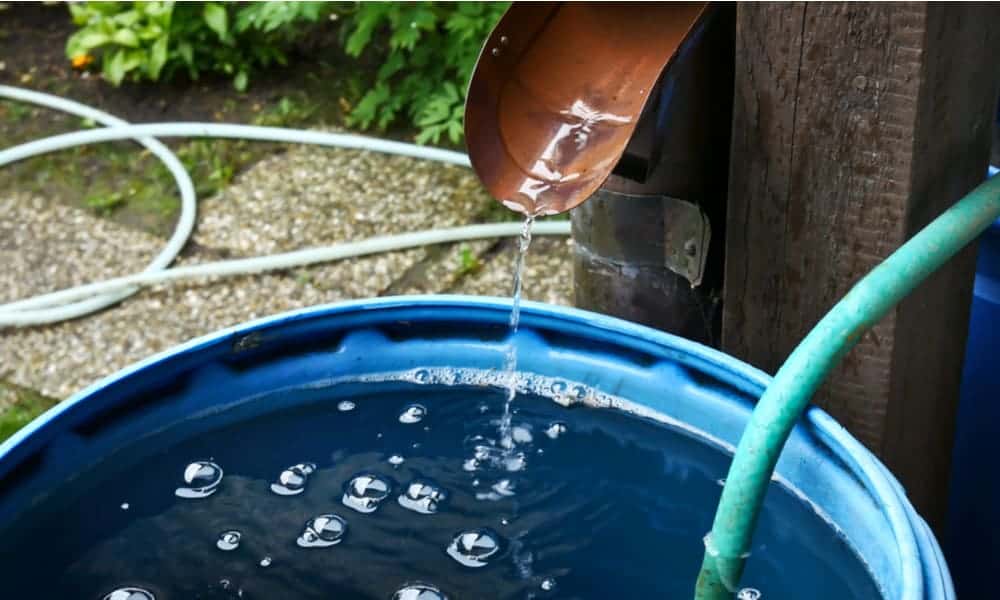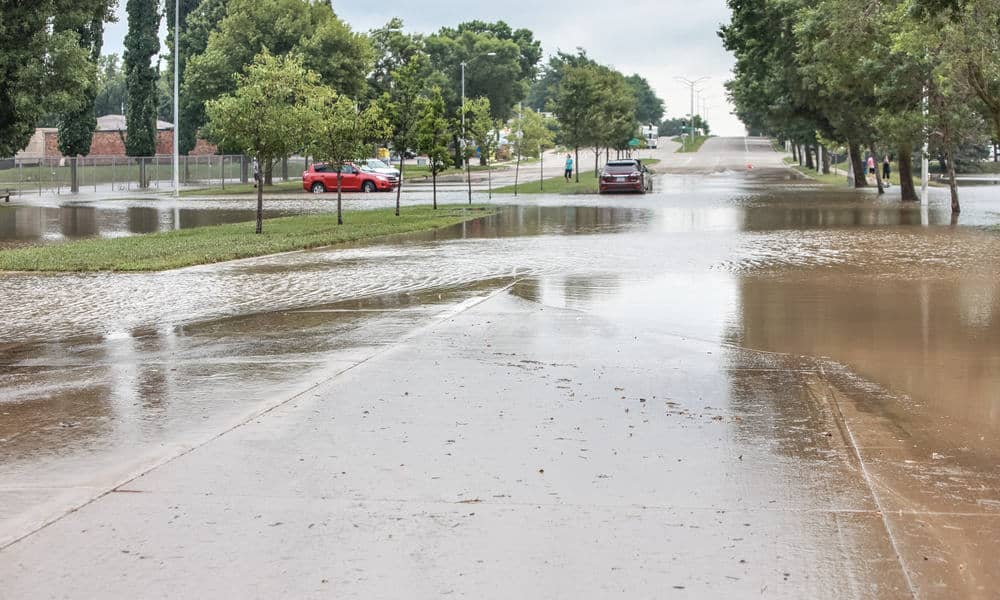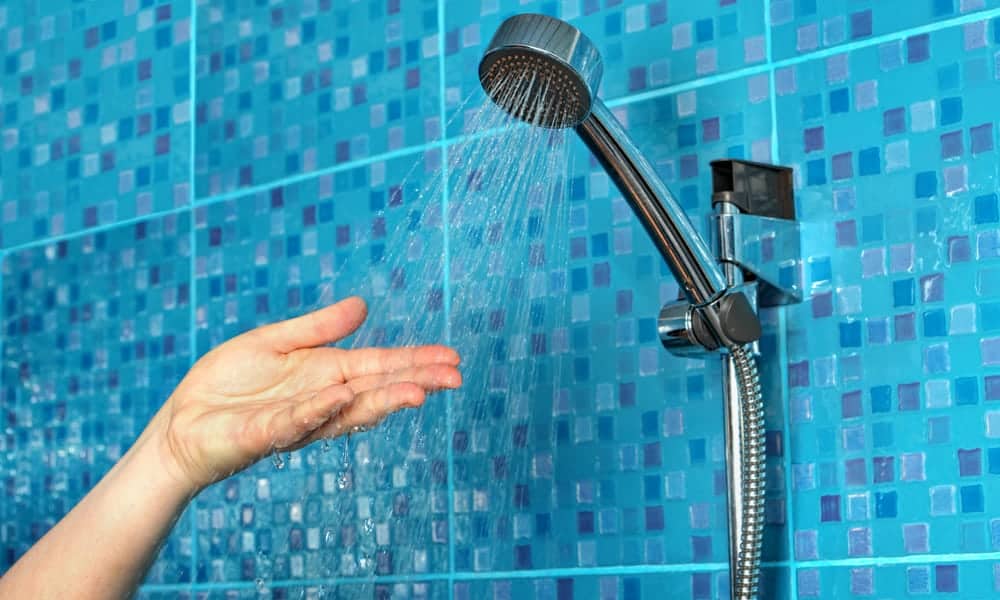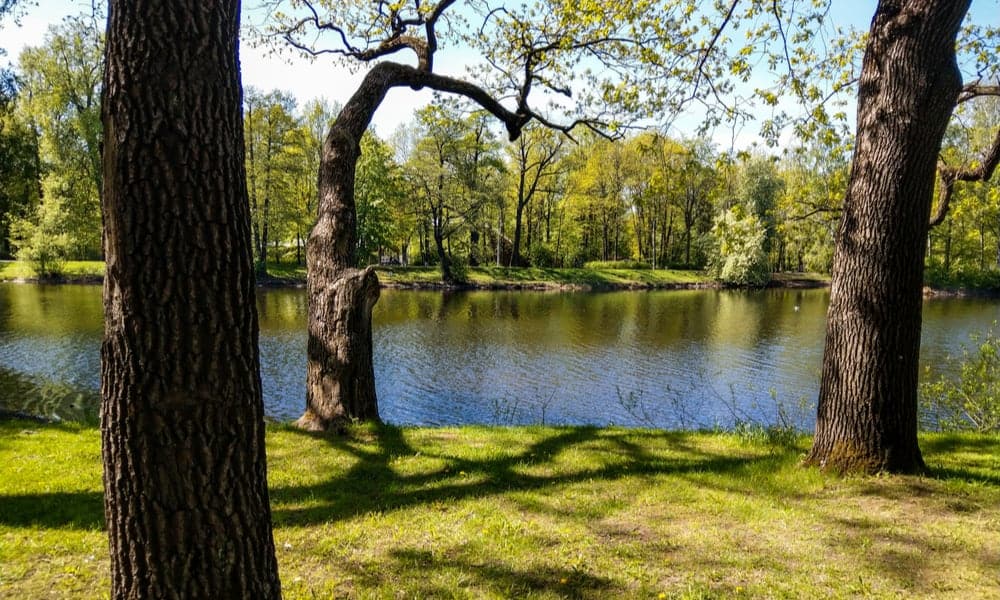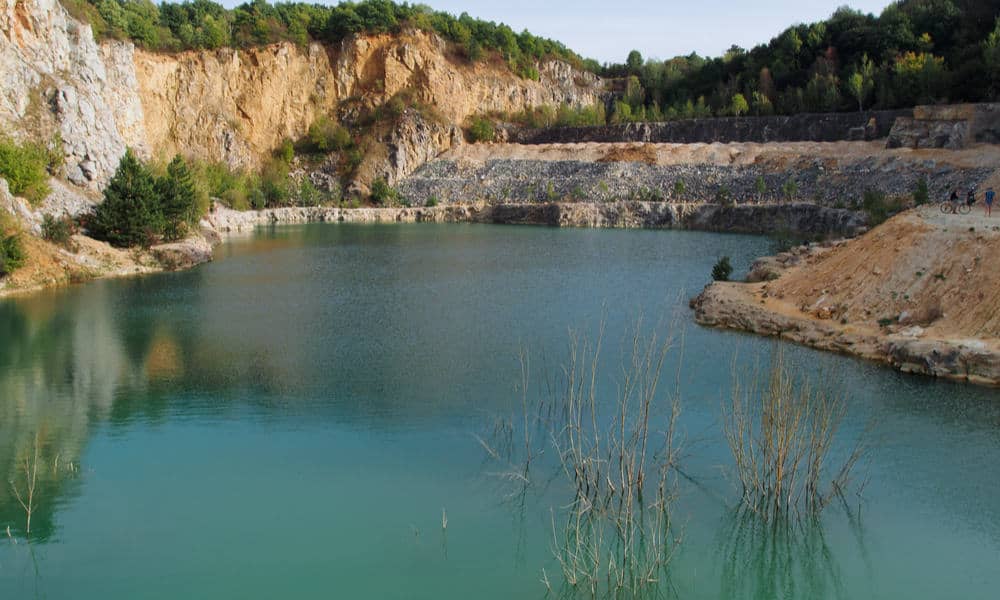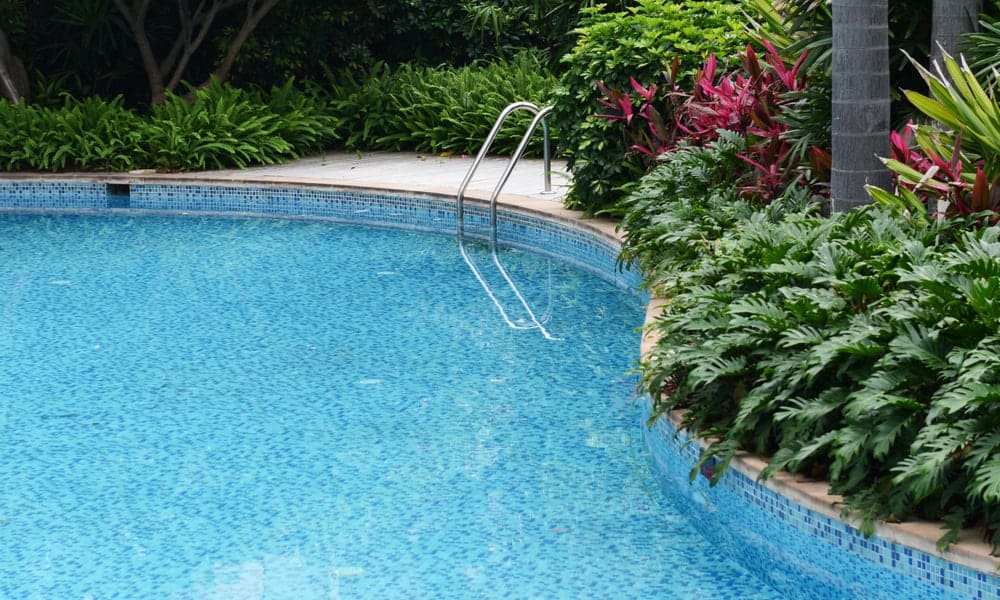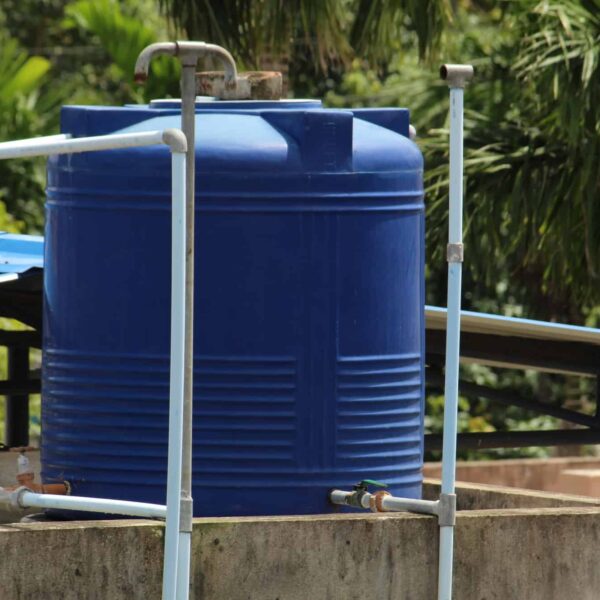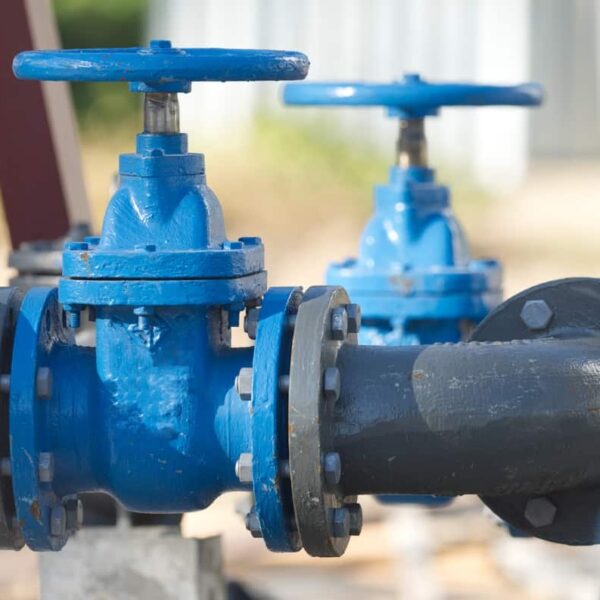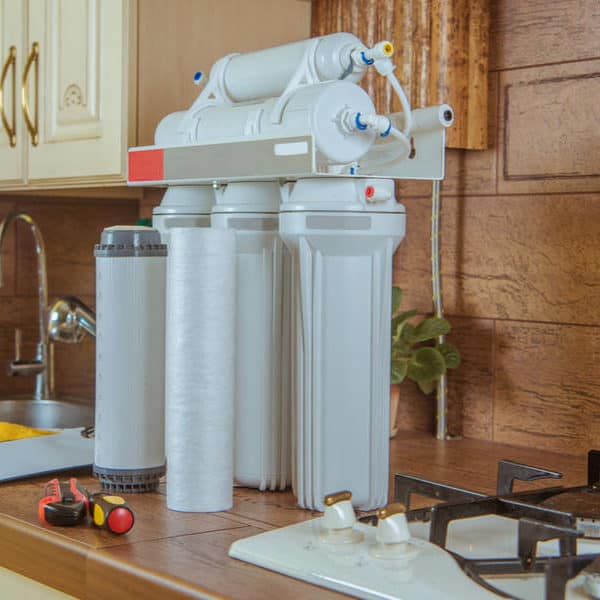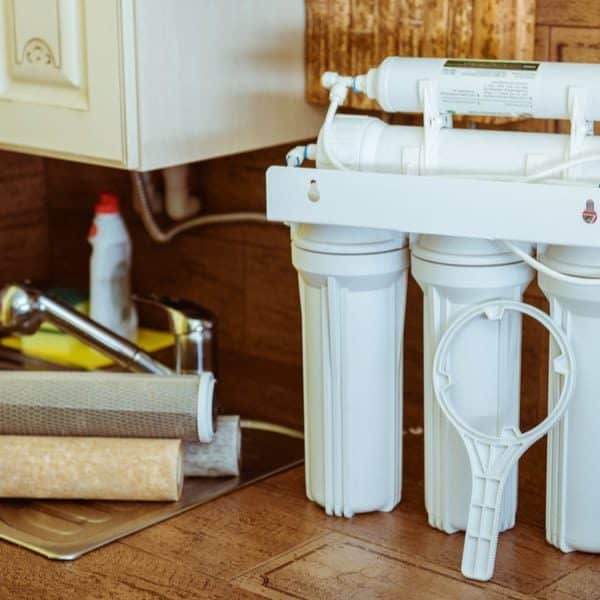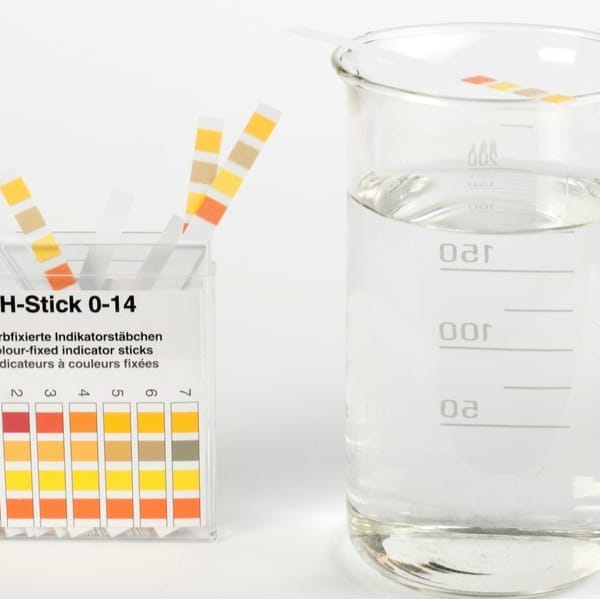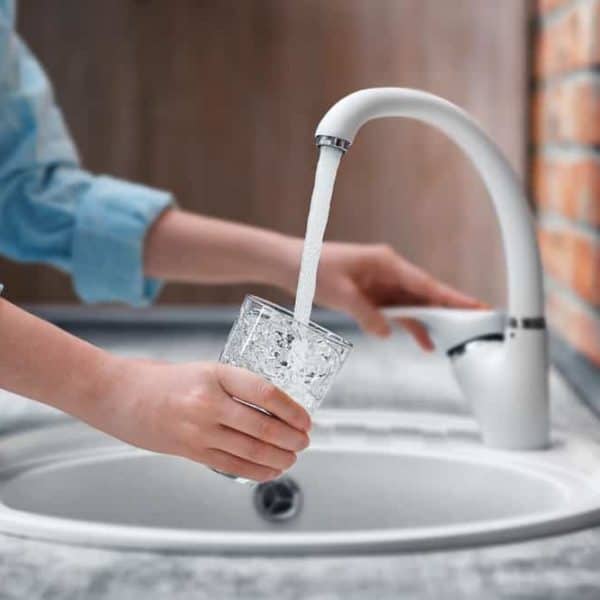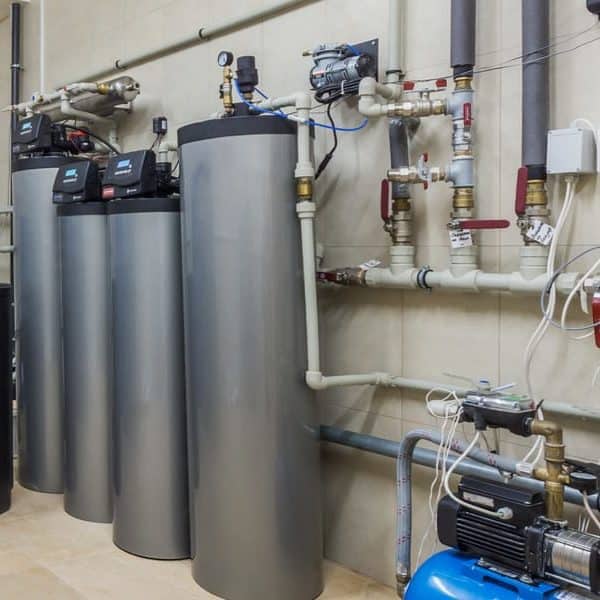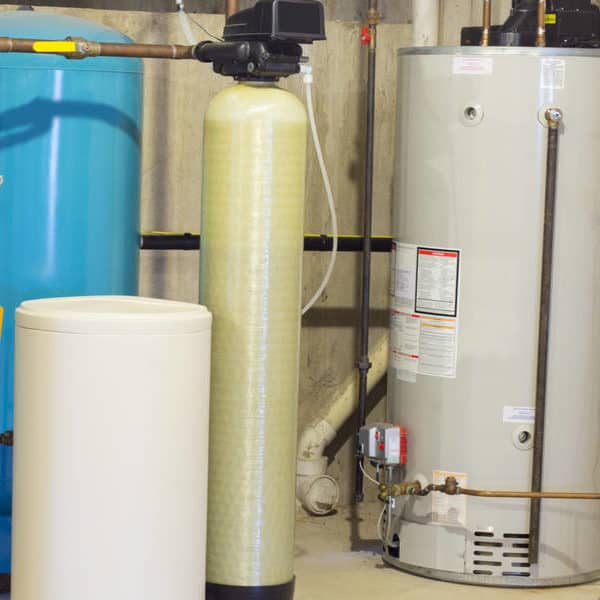Non-potable water is often used for many purposes, but drinking is not one of them. Depending on the quality, you could use it for dishwashing and other home uses.
However, this water might contain biological hazards like viruses, metal, and chemical residues. Different types of non-potable water will differ in quality due to water sources and treatment levels. Below are the various sources of non-potable water.
Types of Non-Portable Water
1. Recycled or Reclaimed Water
This non-portable water has to do with recycling or reclaiming wastewater for specific purposes. Unlike others, it is often sourced from process water streams or wastewater treatment plants.
Reuse water can also replenish groundwater and surface water, or used for irrigation. It can also serve for other purposes in homes, industries, and business places.
Furthermore, reuse water can be fit for drinking if treated. This option refers to either “indirect potable reuse” or “direct potable reuse.” Recycled water is mainly used for non-drinking purposes, like irrigating parks and landscapes. Other non-potable use may include cooling water for oil refineries and power plants.
Some use it for construction activities and industrial purposes, such as carpet dyers. Although many water recycling systems are ideal for non-potable use, some projects use it for potable use.
2. Stormwater
Stormwater is any form of water particle that comes from the sky, such as hail, snow, or rain. Generally, there are two main causes of falling stormwater. In undeveloped natural landscapes, storm waterfalls into water bodies or gets absorbed into the soil. This provides water for both animals and plants. It also refills both the groundwater and surface water.
But, in the case of a developed landscape, stormwater falls onto impermeable surfaces. Such surfaces cannot absorb water. Some of these surfaces include parking lots, roads, rooftops, or sidewalks. Since they cannot absorb water, the storm water sweeps across such surfaces as runoff.
Runoffs from stormwater could lead to local water pollution. As it flows through the ground, it gets in contact with many pollutants. Such pollutants get carried into local waterways like streams and lakes before entering the ocean.
But, some plants act as natural filters to remove such pollutants. Without these natural filters, debris and other contaminants will accumulate in the water bodies. Besides, to get water safe for use, most homeowners now install the whole house water filter in their homes.
Also, based on the pollutant movements, water runoffs can lead to sedimentation and erosion. It can also lead to localized flooding if storm-related drains get too severe.
Today, local regulations and ordinances in municipalities have applied the measure to control storm water runoff. This makes the environment healthier for homeowners. Industries, business owners, and homeowners can join hands with the city to manage stormwater runoff.
3. Greywater
Greywater is gotten from our everyday routines, such as showering and washing. This water is one of the most common types of non-potable water. Since it is not clean or treated, this makes it unfit for drinking.
However, this type of water is not as contaminated as the wastewater that comes from the toilet. With a proper approach, greywater can get recycled for specific uses like washing of cars. You can use a water softener to remove minerals that make greywater too hard.
According to research, 60% of inland water used by a household can get recycled as greywater. When treated, you can use it for the household’s exterior needs that involve the use of water.
Typically, greywater contains some contaminants like hair, dirt, detergent, or food particles. The lower the amount of grease and food, the better it will be. The best greywater comes from bathtubs and showers, but it is not an ideal option. You can also get greywater from dishwashers, cloth washers, and utility sinks.
Using Grey Water on Plants
Reusing greywater has to do with the collection of all used water for specific purposes. Most times, only little contaminants find their way into greywater. But, these contaminants get decomposed in the soil by natural organisms. With this in mind, greywater is ideal for plant irrigation.
However, it’s not a smart idea to rely completely on greywater for your irrigation needs. It will be best if you mix grey water with fresh water when watering your plants.
Utilizing the collection system is one of the easiest ways of getting greywater. This system depends on the nature of the landscape and the purpose it will play. You can collect water by placing an empty bucket under your sink or shower to collect it before it drains.
You can also collect water by buying a system that moves water from your drain pipes straight to the land. However, before installing this system, ensure that you are working according to the city’s regulations. The reason is that most cities prefer regulating their wastewater.
4. Rivers and Lakes
Freshwater & quarry lake water is found in lakes and rivers.
Freshwater
Any natural water (except the salty water and seawater) is freshwater. Freshwater comprises of groundwater, rivers, lakes, streams, glaciers, ponds, and bogs. Although this does not include brackish water and seawater, it doesn’t exclude waters rich in minerals like chalybeate springs.
Freshwater is not potable water, thus not suitable for drinking. Freshwater usually contains some contaminants because of erosion or human activities. But it can become drinkable if treated with a water distiller machine.
Quarry Lake water
This water comes from natural open spaces that are covered with water after an abandonment. Quarries that are filled with water are usually very deep. You can find some of them to be as deep as 50 Ft or even more.
The quarry lake water is also cold, so swimming in such waters is not advisable. The Coldwater can weaken your muscles, and can even cause shock. Although these waters could look clean, diving in it can be harmful due to the presence of abandoned equipment and quarry stones.
Many have died in quarry lake waters. However, some quarries are safe for swimming.
5. Groundwater
Rock formations and the soil spore spaces beneath the earth make up the groundwater. A loose deposit of rock that produces a large amount of water is known as an aquifer.
The depth at which rock fractures and soil pore get soaked with water refers to the water table. Groundwater gets refilled from the earth’s surface, and it is discharged from the surface at seeps and springs. Also, groundwater gets drawn out for industrial, agricultural, and municipal purposes.
Most people view groundwater as a type of water that flows through shallow aquifers. But, it also comprises of soil moisture and oil formation water.
Groundwater isn’t as polluted as the surface water. It contains fewer contaminants and is more convenient for use. It is mostly utilized for ample scale water supplies.
For instance, the most used water in the United States comes from the ground. Cities like California use the highest amount of groundwater than all other states. Apart from the U.S.A, some countries depend on underground water for their water supplies.
When the groundwater gets polluted, treating it isn’t as easy as treating the surface water. One of the major pollutants of the underground water is the indecent disposal of refuse on land.
6. Swimming Pool Backwash Water
Water gotten from pool backwash water could be highly polluted with harmful chemicals. These pollutants get consolidated when the pool filter cycle is in operation. This water is one of the types of non-potable waters that are harmful to plants.
To maintain a clean pool, you must carry frequent backwashing of the filter. The backwash water is channeled to a tank where a little amount of flocculent is applied.
Once the water enters the tank, all suspended particles settle at the bottom over time. When this happens, the water can then return to the swimming pool. In a saltwater pool, the salt won’t be lost when the process is complete.
The preferred tank size for this kind of process will entirely depend on the sand filter size. Most home swimming pools will need a tank that is not less than 500 liters when carrying out this process.
All solids get settled when the backwash water gets into the tank. Base on the nature and amount of dirt, adding flocculent will be a great idea. As soon as the particles settle at the bottom, you can send the water back into the swimming pool.
However, ensure that the backwash remains in the tank for some days under hot temperatures. This process will help to remove the chlorine in the water. If you have a saltwater pool, then this method is not for you.
Wrap Up
Reusing the different types of non-potable water can increase a city’s water supply. You can reuse non-potable water for various purposes. Hence, save water so that you can reuse it for other purposes.
Also, with the different methods of water treatment, you can remove contaminants and chemicals in it as well.
Do you have any questions on non-potable water? Do you have a comment you wish to make? If you do, please drop your question or comment below.
